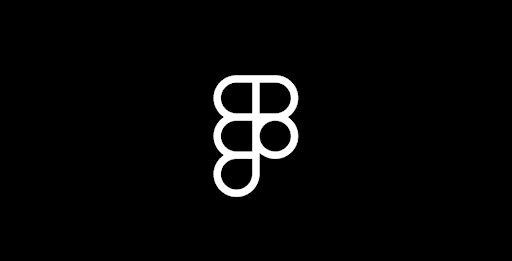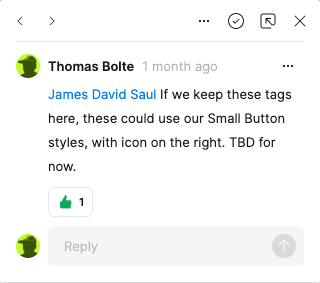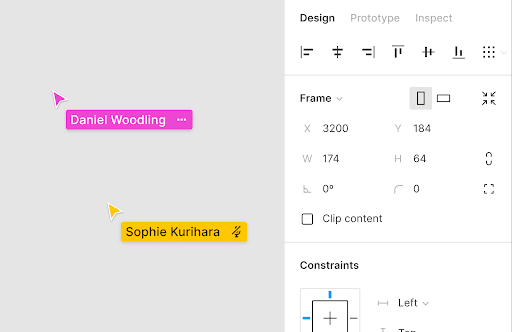
By now, you may have heard of Figma (you know, the multi-billion dollar acquisition target that has taken the design-world by storm). The browser-based design tool seems to have it all, and continues to expand its capabilities, making it much more than just another design app. With Adobe’s proposed acquisition, Figma has officially cemented the platform in its place in the digital tool belt. But don’t let the massive price tag take your eyes off the real prize (incredible benefits, not only in design, but for your entire digital agency.) Let’s discuss three easy ways that Figma can improve your digital organization’s processes.
Collaboration
What has most agencies gravitating towards Figma is the ease of real-time collaboration across all teams, departments, and even clients. Because the platform lives in the cloud, running a working session, providing feedback, and iterating has never been easier. Multiple designers can build together remotely, developers can inspect layouts while they’re being created, and clients can review and provide feedback in real-time.


One shared language
The biggest benefit we’ve seen since adopting Figma is the shrinking of the gap between design and development. In fact, this was originally why Figma was created, to “connect everyone in the design process so teams can deliver better products, faster.” The development team used to spend a great deal of time translating designs into real pixels, leading to lots of discussions, lengthy QA testing, and inconsistent implementation. In Figma, both teams use the same increments, language and tools to build a site.
Figma even allows for the quick export of code snippets, color and text styles so the dev team can spend their time more efficiently. (Getting these two teams to agree on music and movies, now that’s the real billion-dollar solution.)
One program to rule them all (oh it’s precious!)
Juggling multiple programs (Sketch, Photoshop, Invision, and Zeplin to name a few) for various design tasks has been industry standard since my college days (not to mention exhausting). Figma brings all of those capabilities into one program, reducing the constant switching from tool to tool, managing assets and screens, and keeping presentations up to date and shared with the right teams.
For example, prototyping has never been easier. Gone are the days of using a separate animation program, importing all of your designs and assets, creating the animations, exporting and handing off to your dev team. Figma conveniently brings all of this under the same roof, so you can design, prototype and export assets for dev in one fell swoop, and with ease.
Is Figma the future?
Adobe seems to think so, and it’s been wholeheartedly embraced by the design and development communities. In a time of ever-changing information and innovation in the digital landscape, you can blink and easily miss the latest big thing. It’s refreshing to have a tool that’s built to scale, constantly improved by the community and making it that much easier for us to bring great ideas to life.